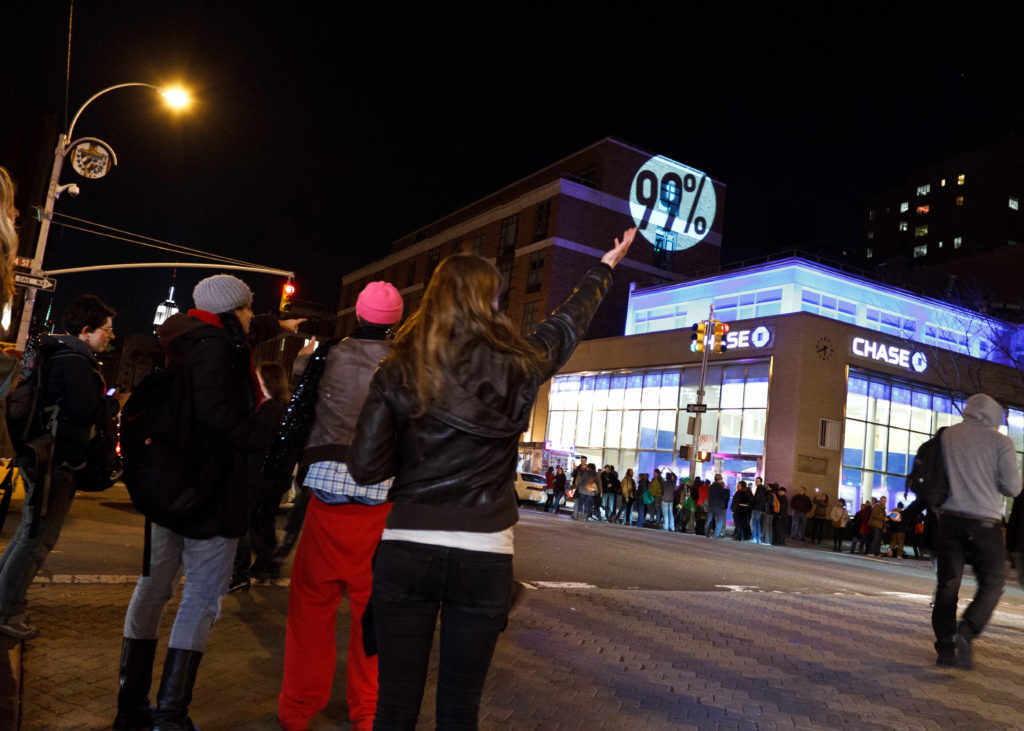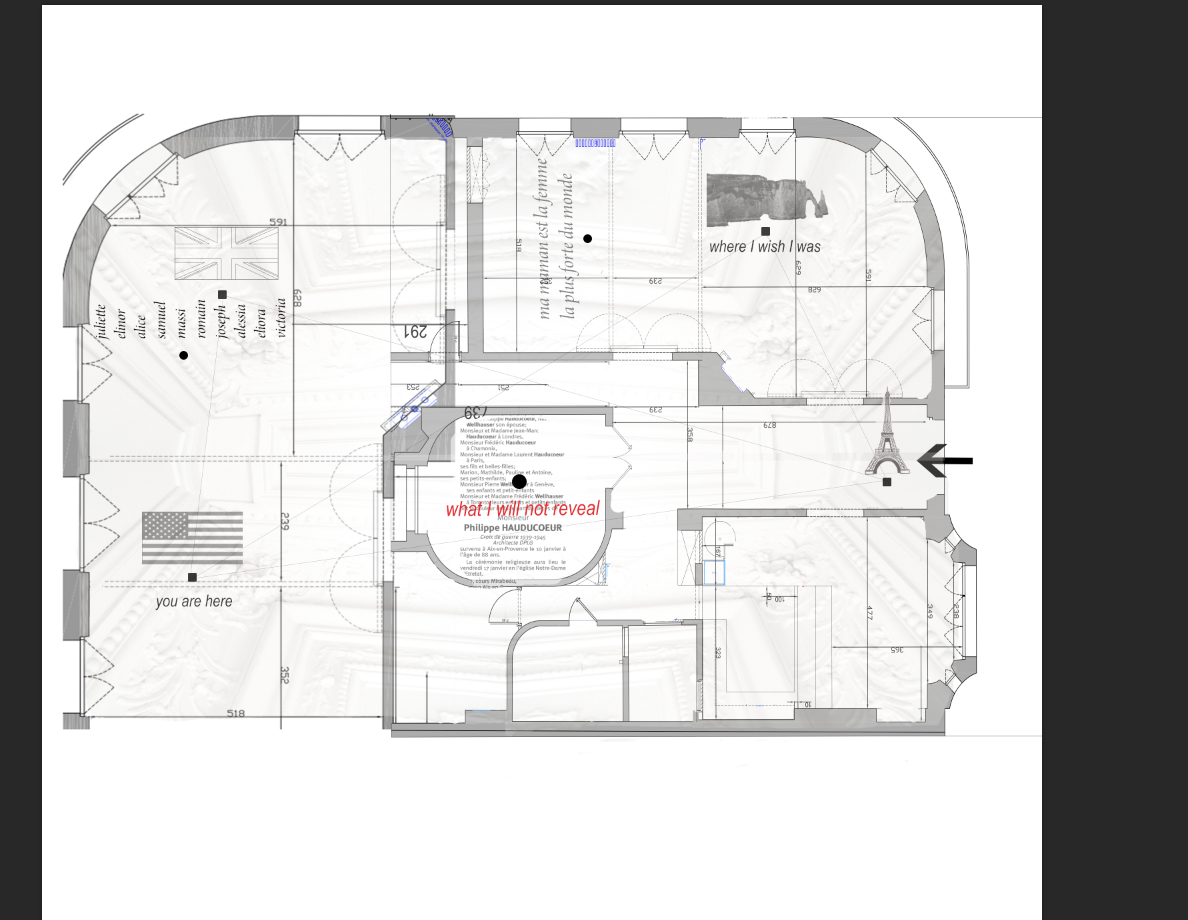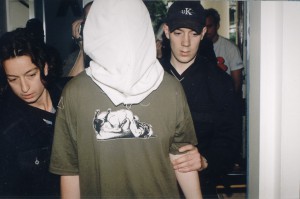
Led by Matt Adams, Ju Row Farr and Nick Tandavanitj, the artist group Blast Theory is renowned internationally to incorporate interactive media in their extremely adventurous and groundbreaking pieces. They have worked since the early 1990s to create new forms of performance and interactive art that mixes audience across the internet, digital broadcasting and live performance. Their collaborative and interdisciplinary works explore the social and political aspects of technology through art. As the group writes on their website: “Innovation risk is central to our work.”, which reveals their socio-political and artistic engagement. The group has designed games that have been acknowledged and received awards. Their games projects have been extremely groundbreaking in they way they tackle the relation between game and play, and the virtual and the real, which have also forged their art pieces in their approach to performance. Their works have consistently been focused around interactive technologies and have been influential to the way artists approach the relation between technology and art.
Guy Debord’s radical and groundbreaking work of philosophy and Marxist critical theory, Society of the Spectacle, 1967, presents and criticizes the concept of the Spectacle. He defines the Spectacle as “the nightmare of imprisoned modern society which ultimately expresses nothing more than its desire to sleep. The spectacle is the guardian of sleep.” For Debord, authentic social life has been replaced with its representation: “All that once was directly lived has become mere representation.” Debord’s critique of modern society and modernization is rooted in his rejection of capitalism, the metteur en scene of this Spectacle, in which people have become mere spectators of society. Debord is concerned with society’s passive behavior, “Spectacle is the sun that never sets over the empire of modern passivity”, as he strives to promote new participatory modes of interaction. The Society of the Spectacle is considered a primordial text for the Situationist movement, which seems to have been an inspiration for Blast Theory. The aim of Debord and the Situationist movement is to wake up the spectator “through radical action in the form of the construction of situations,”. For Situationists, situations are created moments that are self-conscious of their environment. Debord encourages the use of détournement, ”which involves using spectacular images and language to disrupt the flow of the spectacle.” In this sense, the artist group Blast Theory can be considered an extension of this movement.
Their piece “Gunmen Kill Three” was made over the summer of 1991 by Matt Adams, Lorraine Hall, Niki Jewett, Will Kittow and Ju Row Farr in collaboration with Lucia Gahlin, Nicky Gibs and Bruce Gilchrist. This group describes this piece as “a promenade performance that invites an audience member to shoot at two performers.” and was inspired by their obsession with killing. The piece was prompted by an article in the Guardian entitled Gunmen Kill Three at Mobile Shop, which gave a detailed description of two men’s brutal killing of two women and a man in a mobile shop in Northern Ireland. The only thing that was reported to have been said before the killings was “IRA” (Irish Republican Army). The piece is structured around re-enactment of this killing, and featured live-drumming, live wireless video projections, a sweep of the floor for evidence and appeal for a missing child. This piece is extremely provocative and stimulating, as it is highly interactive. It transforms everyday violence in a participatory performance and comments on the theatrical nature of reality. There is also speaks to people’s voyeuristic desires which seems to comment on the nature of news and their broadcasting. The group was able to reenact the piece in such a realistic manner because of the detailed account of the original killing.
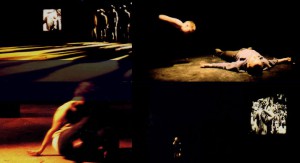
The piece “Kidnap” is extremely interdisciplinary, mixing performance with commentaries on control and consent. It was inspired by the famous Spanner Trial during which consenting sadomasochists were convicted and sent to prison. The piece was publicly launched on May 15th 1998 and opened its registration to any resident of England and Wales. The piece is composed of three different processes or steps. To enter the lottery, entrants paid a £10 fee and filled out a detailed registration form, which explained the process and a signed disclaimer. In this form entrants were asked to submit a picture of themselves and detail where they lived, where they worked, what type of clothes they wore etc. After registration closed, 10 entrants were randomly selected and put under surveillance. The group found the entrants and photographed them going about their daily lives over two weeks. The first time they realized this was when the 10 entrants received a brown envelope in the mail with the photographs inside. Next, two of the ten were finally selected, at random, for the actual kidnapping. The teams, each made up of a driver and three kidnappers, were accompanied by a support team that was made up of a video maker/photographer and a liaison officer, who talked to members of the public to explain the situation. The police was also informed in advance. The two selected participants were separately kidnapped and brought to a secret location for 48h hours, during which they were fed and cared for by the kidnappers.
The process was monitored by a psychologist and a pan tilt zoom camera live streamed audio and video to Blast Theory’s website. The two participants were released at a press conference at the Institute of Contemporary Art in London and the project was covered by major broadcasting channels. The participants also had a chosen safe word that they could use at any time to end their participation in the piece. The artistic piece was socially and politically motivated by the alarming 700% increase of kidnappings in Britain. It speaks to ideas of control and consent, media, theatre and lottery culture. The piece is so powerful and complex because it is a conceptual act, a perversity and a psychological investigation all at once. Because Kidnap is a commentary on media and especially news media, the broadcasting of the piece was an essential component. The most interesting aspect of the part is its voyeurism as it addresses surveillance and a form of perversity from both parties involved. Voyeurism is addressed on an additional level as the piece incorporates media technologies and extends it to the internet. This piece is multi-layered as it also conducts a psychological investigation that strives to record a sociological and psychological experiment in human interaction. This piece poses important questions regarding interaction, especially regarding its limitations.
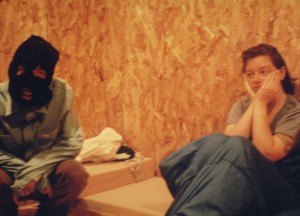
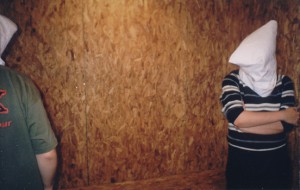
Can You See Me Now? is one of the groups first location based games, in which online gamers play against members of Blast Theory on the streets. Blast Theory’s runners are tracked by satellites and appear next to players on a map of the city. The runners can track the players through the presence of handheld computers streets. The game is particularly fascinating as it takes on the fabric of the city, that is its central theme. The physical city is overlaid with a virtual city to explore the ideas of “absence and presence”. The online players and the physical runners on the street play together and break the boundary between physical and virtual presence. The key of the game is to avoid getting caught by the runners. The game explores the increasing overlapping of virtual and real words with a sensory and emotional dimension attached to it, because of the live audio stream feed from the streets. In this piece, Blast Theory explores the many possibilities of mobile technologies, when placed in the hands on the demographics usually excluded from new technologies. Can You See Me Now? works in attempt to establish a cultural space on new technological devices and identify the consequences of such technologies in the way they shape the city. This piece explores how such technologies have blurred the relation between the private and public space in crowded cities.
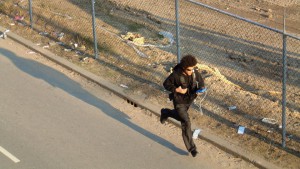

Through these three selected works, Blast Theory addresses extremely important social, political and technological themes, that are at the center of contemporary society. Through the use of performance and site-specificity, Blast Theory creates situations that have its roots in real life events or phenomenons. By creating provocative works, the group constantly poses provocative questions that strive to make people think and react. Their works are also highly socially and psychologically experimental, which can serve to record human interactions through technology.
